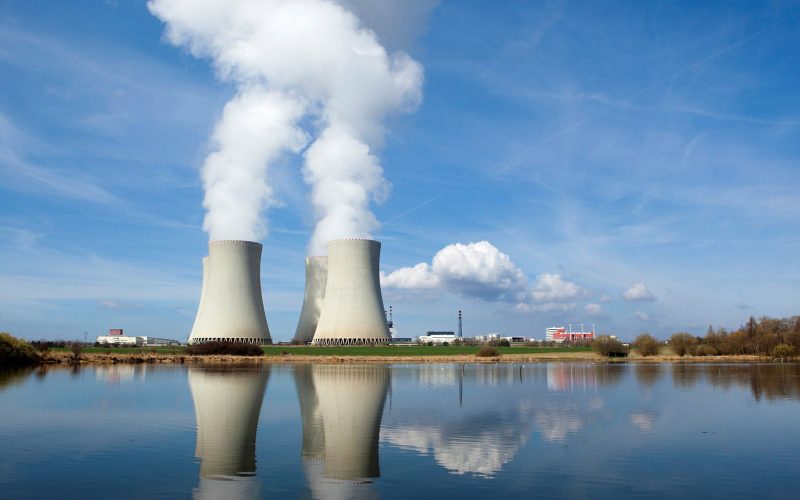THE VOICE FOR THE ENERGY CONSUMER

As energy prices continue to rise, CEA’s David Holt discusses the failures of soundbite energy policy and the consequences American’s face as a result. Listen here – AM 740 KTRH
.
Buckeye State Poised to be a Leader in Carbon Mitigation COLUMBUS, OH — Consumer Energy Alliance (CEA), the leading energy and environmental advocate for families and businesses, applauds Governor Mike.

Washington — Today, Consumer Energy Alliance, the leading energy and environmental advocate for families and businesses, applauded the U.S. Department of Energy for announcing a $6 billion effort to help.

With energy prices soaring, Consumer Energy Alliance examined the impact shutting down critical energy infrastructure, like Line 5, would have on transportation fuels in Michigan and across the Midwest. Farmers.

With Floridians experiencing higher energy costs every day, CEA President David Holt discusses the policy options available for the Biden Administration to help lower gas prices. “The Biden administration is.

CEA President David Holt spoke with The Telegraph about surge pricing in electricity markets which can leave families and small businesses vulnerable to extreme swings in energy costs. “Extremely hot.

Albany, NY – Today, Consumer Energy Alliance, the leading energy and environmental advocate for families and businesses, applauded the decision made by the New York Public Service Commission (PSC) to.

Did you know we have an energy justice czar? Shalanda Baker is the first-ever federal official advising and coordinating these policies as the new U.S. Department of Energy’s (DOE) Deputy.

CEA’s Brydon Ross joined Tipping Point New Mexico to discuss the importance of pipeline and energy infrastructure. Listen here – Tipping Point New Mexico
.
CEA’s Wendy Hijos examines how New York officials can learn from states like California that have passed partisan energy policies that have resulted in frequent brownouts and some of the.